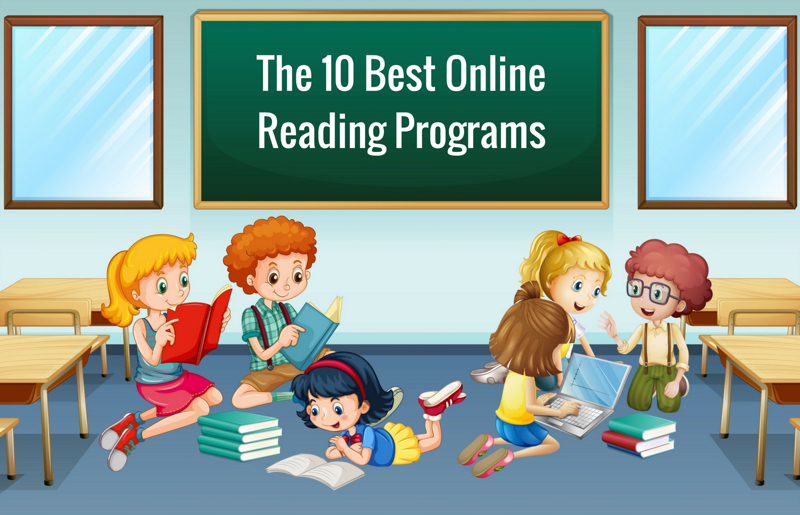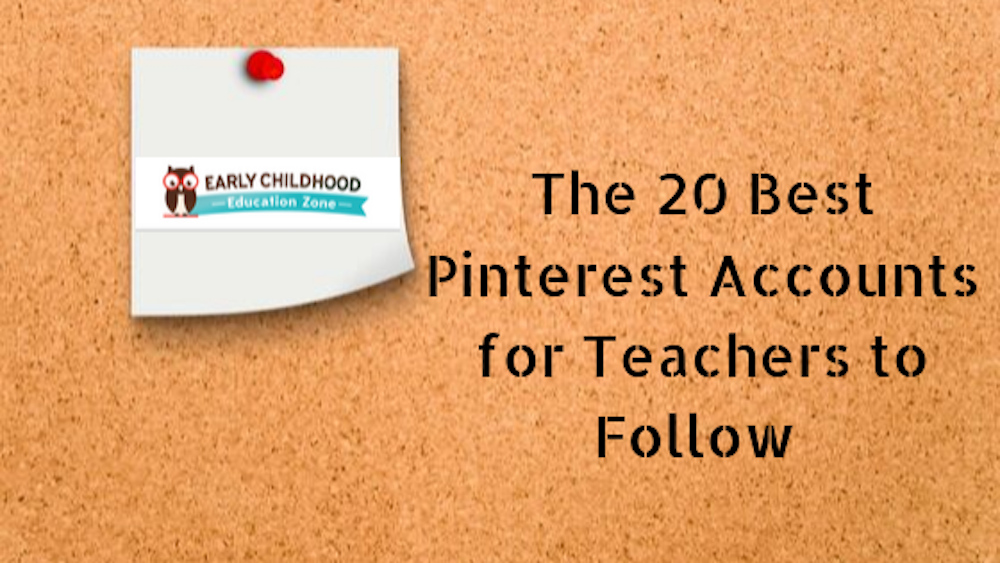What is Early Childhood Education?
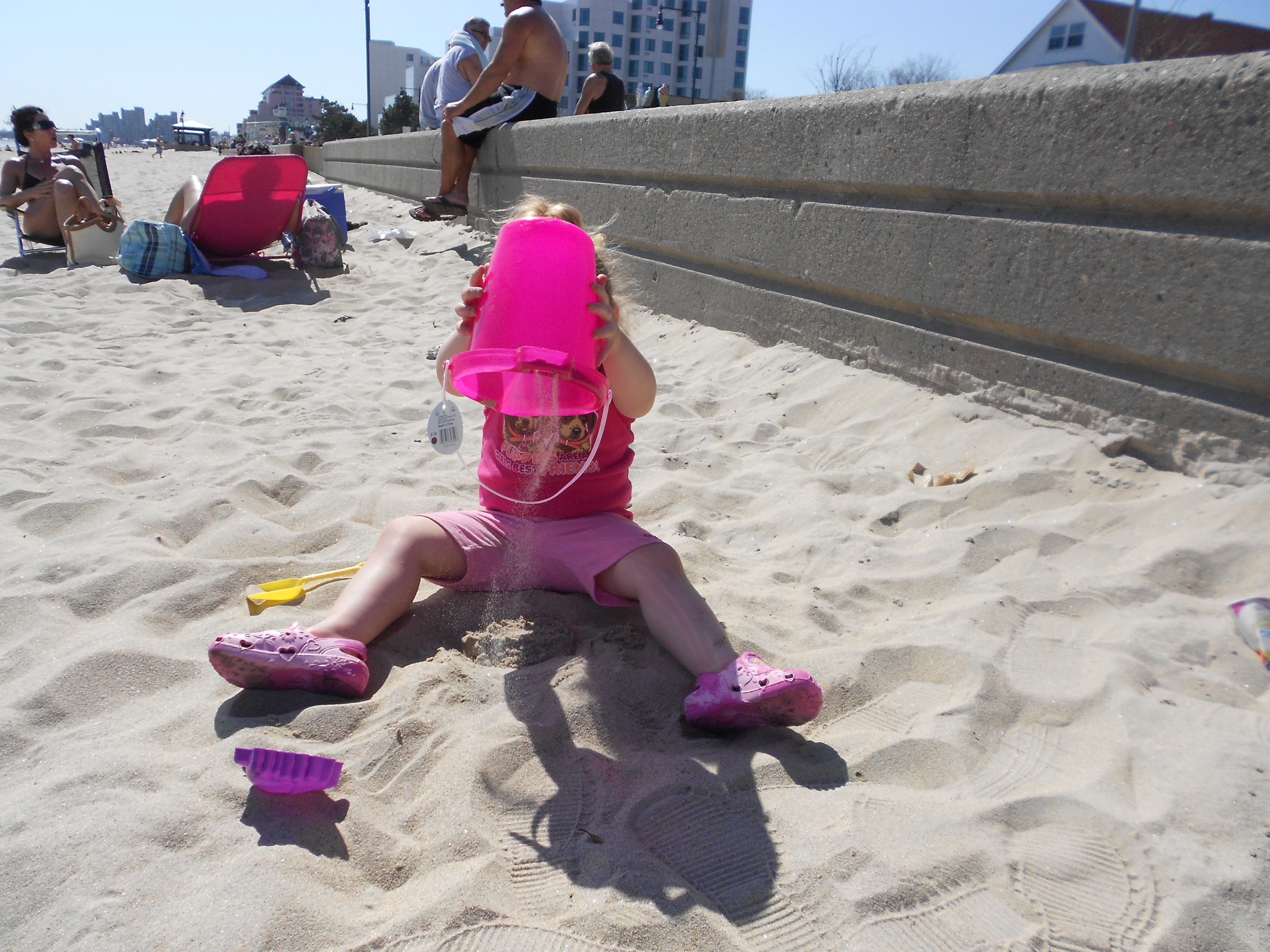
Find your perfect college degree
There was a time not so long ago in America when the concept of pre-school didn’t exist. There were no such thing as early childhood learning centers since mothers didn’t work. Their sole job was to stay home and be the children’s personal tutor. One could argue that preschools spawned out of the need for a place for children to go while their mothers went to work. More households than ever before have both the mother and father employed outside of the house, which means there has never been a better time to enter the early childhood education profession.
What is Early Childhood Education?
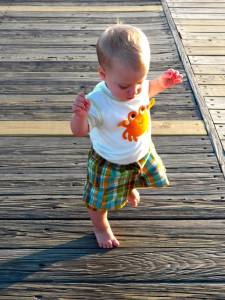 The definition of early childhood education is a set of educational strategies specifically designed for students up to eight years old. There is also a subdivision of early childhood education that focuses on the development from birth until two years old. There is much debate within the field on whether or not this subdivision constitutes as care or education.
The definition of early childhood education is a set of educational strategies specifically designed for students up to eight years old. There is also a subdivision of early childhood education that focuses on the development from birth until two years old. There is much debate within the field on whether or not this subdivision constitutes as care or education.
There are districts all over the country in the midst of battles to acquire funding for full-day preschool programs. If standardized testing is the way of the future, there is only a matter of time before there are kindergarten placement exams. The reason there is such a demand for preschool funding is that these years have become increasingly crucial for academic development.
The History of Early Childhood Education
The origins of the preschool concept can be traced back to Europe in the 1800’s. She believed young children should have an education outside the home, and this idea came over to America around the middle of the 19th century. The state of Wisconsin was the pioneer in legislation regarding preschool. In 1873, they became the first state in the union to start a school program for four-year-olds.
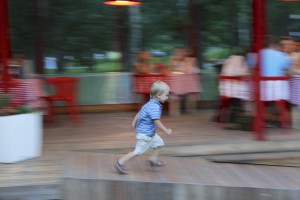 Several states followed Wisconsin’s lead over the next 50 years. In 1926, the National Association for the Education of Young Children was formed. This organization was created to ensure pre-kindergarten aged students a quality education to prepare them for kindergarten and beyond. This was the precursor to our modern early childhood education system. The Head Start program came along in 1965 and was the tipping point that revolutionized the system. It was originally started by the Department of Health and Human Services as a summer program for disadvantaged youth. Its function was to help students in low-income areas learn the skills necessary to succeed in the upcoming school year. Since then, the Head Start program has expanded into hundreds of cities and expanded their demographic to include children of all ages and income levels.
Several states followed Wisconsin’s lead over the next 50 years. In 1926, the National Association for the Education of Young Children was formed. This organization was created to ensure pre-kindergarten aged students a quality education to prepare them for kindergarten and beyond. This was the precursor to our modern early childhood education system. The Head Start program came along in 1965 and was the tipping point that revolutionized the system. It was originally started by the Department of Health and Human Services as a summer program for disadvantaged youth. Its function was to help students in low-income areas learn the skills necessary to succeed in the upcoming school year. Since then, the Head Start program has expanded into hundreds of cities and expanded their demographic to include children of all ages and income levels.
With the steady rise of standardized testing at younger and younger ages, the popularity of preschool has exploded. There are dozens of private preschools around the country that are using academically proven methods to help students learn academic and social skills in a way that does not also rob these children of their childhood.
Theories of Early Childhood Education
Swiss Psychologist Jean Piaget is widely regarded as the father of early childhood education. He dedicated his life to the education of children. His ideas on the cognitive development of children become popular among mainstream psychologists in the early 1960’s. He popularized the constructivist method of teaching, which has become the basis of many strategies used in classrooms today.
Piaget came up with his “sociological model of development” in the 1920’s, and it laid the groundwork for his most popular work, “Piaget’s Stages of Development”. These stages were a culmination of years of research to understand, on a genetic and biological level, how children learn. These stages are:
– Sensorimotor Stage (birth to 2)
– Preoperational Stage (2-7)
– Concrete Operational Stage (7-11)
– Formal Operational Stage (11-16)
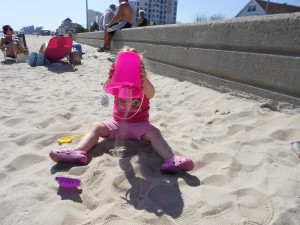 The sensorimotor stage is, as the name suggests, the period where a child develops their five senses. They are completely egocentric at this stage. They don’t have the cognitive capacity to see the world from any perspective but their own. This stage encompasses six substages, which are simple habits, first habits and primary circular reactions, coordination of secondary circular reactions, tertiary circular reactions, novelty, & curiosity, and internalization of schemata.
The sensorimotor stage is, as the name suggests, the period where a child develops their five senses. They are completely egocentric at this stage. They don’t have the cognitive capacity to see the world from any perspective but their own. This stage encompasses six substages, which are simple habits, first habits and primary circular reactions, coordination of secondary circular reactions, tertiary circular reactions, novelty, & curiosity, and internalization of schemata.
The next stage is the preoperational stage. It starts right around when a child develops speech and goes on until around seven. Some psychologists argue this is the most important time in a child’s development. It is further divided into the two substages of symbolic function and intuitive thought. The symbolic function substage is where the child develops the ability to think in symbols. This is when a child’s imagination develops, except the difference between a preoperational child, and an older child is the preoperational child does not have the cognitive ability to distinguish fully between imaginary and real.
The intuitive thought stage is the infamous “why?” stage. Children at this stage can ask over 100 questions in a given day. Cognitively speaking, they are moving away from their egocentric worldview and developing genuine curiosity towards their environment.
The third stage is the concrete operational stage and goes on between the ages of 7 and 11. This is the final stage that applies to early childhood education, which focuses on the first half of this stage. This is when they start to develop logic and reason, but still have the desire to learn while playing that is found in younger children.
Modern Educational Theories Inspired by Piaget
When Piaget’s ideas became popularized in the 1960’s, it spawned a new subsection of psychology called “Educational Psychology”. Every teaching college around the country now has required “EPSY” that covers the works of Piaget and the dozens of scholars he has inspired.
The Montessori Method was started by Maria Montessori, an Italian woman who was the first female in Italy to earn a degree in disciplines such as Psychiatry, Medicine, and Education. Her teaching style focused on letting the child determine the direction of the education through exploration, with the teacher acting as equal parts guide and playmate.
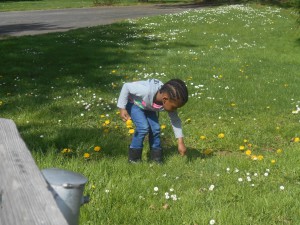 Another popular method still used in the classroom today is the Reggio Emilia Approach. Among other things, this approach highlights the educational environment as the “third teacher”. It focuses not only on the environment in the classroom, but fostering a healthy educational environment at home through parent and community involvement. This style has become a mainstay of constructivist theory.
Another popular method still used in the classroom today is the Reggio Emilia Approach. Among other things, this approach highlights the educational environment as the “third teacher”. It focuses not only on the environment in the classroom, but fostering a healthy educational environment at home through parent and community involvement. This style has become a mainstay of constructivist theory.
Play-Based Learning is a strategy that was popularized by Bev Bos, who has over 40 years of experience both teaching and writing on the subject. This strategy focuses on students learning on their own with the teacher as an observer.
Finally, the most teacher-centered method used in preschools today is the Direct Instruction method. This method came was brought to prominence in the 1960’s by Wesley Becker and Siegried Engelmann and focuses on methods for creating activities that center around learning specific concepts. It encompasses elements of play-based learning but moves the teacher from the role of observer to the role of leader.



